|
All trade in the City of London, from very early times, was controlled by the trade guilds or companies. A craftsman had to be a freeman of one of these guilds in order to trade within the City boundaries. The guilds also tried to regulate the tradesmen working outside the City by making sure that every craftsman and trader had been fully trained.
Freedom of one of the 79 London guilds (91 by the end of the century) could only be obtained by one of four ways:-
After completing the term of service, the apprentice would have to serve one or two years as a journeyman with his master before he could claim his freedom of the Company. It normally took several years before a journeyman could afford to set up his own workshop. In order to be freed by the Court of Assistants a journeyman had to produce a proof piece (or masterpiece) to prove that he had been properly trained and could teach others the craft. If his proof piece was accepted he then had to swear an allegiance to the Company, before he was admitted and paid his admittance fee. Quarterage was the membership fee which had to be paid every quarter.
Another clockmaker in the BC was Humphrey Osborne who was apprenticed to John Norman on 15th September 1606 for ten years. In 1615 John Norman made a new clock for St Andrew Hubbard Church in London. Humphrey Osborne was freed and admitted to the BC on 28th August 1717 when he produced a clock as his proof piece which was accepted by the Court of Assistants. Not all apprentices managed to complete their apprenticeship for various reasons only one third of boys managed to complete their term. Some apprentices did not like the work and went to a different craft; while others died quite young. One apprentice who died soon after starting his service, was John Edwards. We read in the Parish Records of his burial :- John Edwards servant of Mr Warfeild, watchmaker in Fleet Street, buried at St Dunstan in the West Church on 2nd October 1651.” John Edwards son of Thomas a deceased husbandman of Llanberis, Cae, Wales, had been apprenticed to John Warfeild on 19th Feb 1650/1. A freeman could not be freed in more than one company. If he wanted to join another company he could only join the second company as a brother with the permission of his first company. This meant he had to honour the oath he had made to his first company; continue to attend meetings and continue to pay his quarterage. This situation presented problems when the watchmakers in the BC wanted to start their own company in order to control the trade with so many foreign watchmakers working around London. The watchmakers could not leave the BC and had to have the Company’s permission to join the new Clockmakers’ Company (CC) when it had its first meeting in October 1632. Some watchmakers did join the new company but not all the clock and watchmakers did join. In 1636 the two companies the BC and the CC signed an agreement which stated that the CC would only enrol the watchmakers and the makers of domestic clocks, but the “great clockmakers” (turret clockmakers) would remain in the BC. This agreement created problems for some of the watchmakers who joined the CC. We read in the Court Minutes of the BC on 21 0ctober 1630 :-“ Richard Childe being a clockmaker, paid for his admittance 3/4d”. Richard Child then joined the CC in October 1632. Later we read in BC Court Minutes on 19th July 1638 “ Richard Childe was threatened for breach of oath”. Perhaps he was refusing to pay his quarterage to the BC.
These two watchmakers were still working as freemen in the BC even when they had a higher status in the CC. In the early years of the CC the company depended heavily on the watchmakers from the BC who ran the new company as well as carrying out their duties in the BC. Another freeman who went over to the CC was Benjamin Hill who had been apprenticed to Richard Child in the BC on 30th July 1632, was freed in 1640 but joined the CC on 30th November 1640. He was then admitted to the BC with his proof piece in March 1641. When he was chosen steward in 1653 by the BC he refused because he had already been elected Assistant in 1651 and Warden in 1652 by the CC. The BC took Hill before the Lord Mayor’s Court where he was ordered to comply, which he refused. The BC then offered to translate him to the CC if he paid a fine of £5 (equivalent to £1000 today). Hill paid his fine and was translated to the CC in October 1653.
The Plague epidemic of 1665 halted all trade and some clockmakers like Ahasuerus Fromanteel lost members of his family and several watchmakers including John Warfeild died from the disease. Worse was to come in September 1666 the Great Fire of London destroyed the premises of a number of the Companies, including the BC and many of the individual clockmakers lost their premises. Most of the buildings in the City were destroyed and all the companies were in turmoil. The only craftsmen who did not lose their premises were those in Southwark, south of the river. William Clement was able to continue his business in Southwark. He had been freed by the BC in 1664 and introduced the anchor escapement into his clocks about this time. He was able to supply a new clock to the Society of Middle Temple (lawyers) with his new escapement in 1667 which he erected on the roof of the building in September 1667.
The BC had lost its hall and all its properties and went to great expense to replace their buildings so they could not afford to lose any quarterage paying members to the CC. After the Fire, the BC were casting their nets farther afield and enrolling smiths from the surrounding areas outside the City. The clockmakers in the BC were making clock movements from about 1670 and selling them to some of the leading clockmakers just as watches had been produced by varies craftsmen for the clock and watchmakers who were really just retailers of clocks and watches long before the end of the century. Brian Loomes records an instance of John Layton making clock movements for Nathaniel Barrow in May 1679. John Layton, son of Thomas was freed by patrimony in the BC on 29th October 1646 and joined the CC on 10th March 1653/4. Nathaniel Barrow had been apprenticed to Job Betts, a freeman of the BC, in the CC in January 1653/4 and freed on 28th January 1660/1. The Betts brothers Job and Samuel never officially joined the CC but made some excellent clocks and watches. Both had been apprenticed to John Drake in the BC. There are many fascinating stories about the relationship between the Blacksmiths' Company and the Clockmakers' Company. My latest book, Early clock and watchmakers of the Blacksmiths' Company sheds light on this relationship, as well as featuring information about many of the most well-known clockmakers of the time, some of whom have been mentioned in this post.
0 Comments
|
AuthorKeith Bates is an amateur horologist who has been researching clocks, watches and chronometers and their makers for over 30 years. Archives
August 2023
Categories
All
|

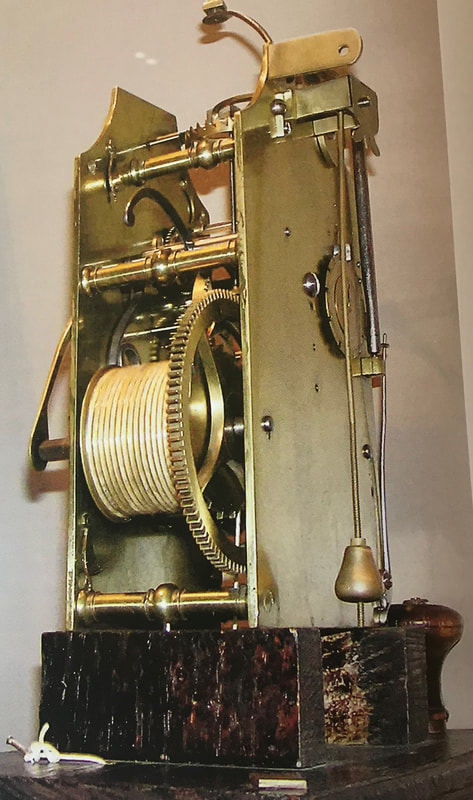
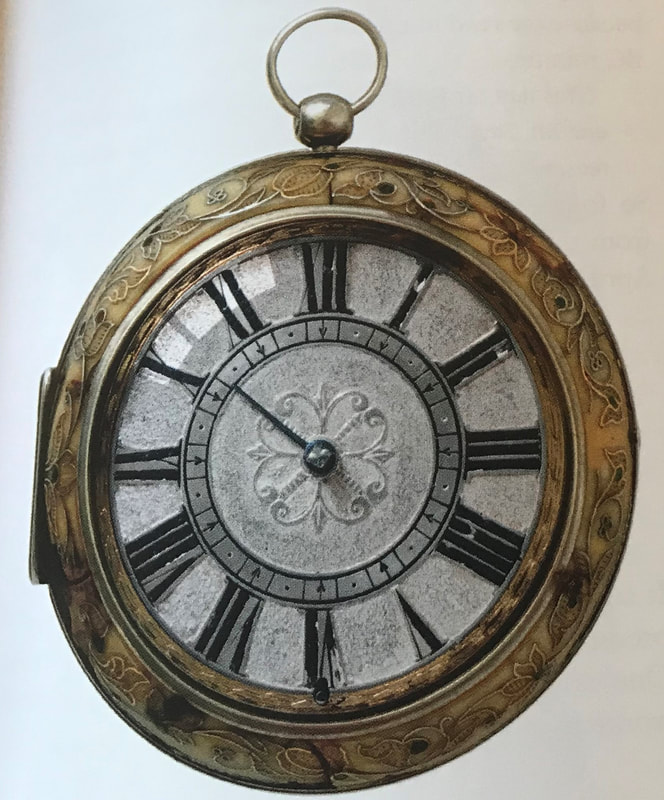
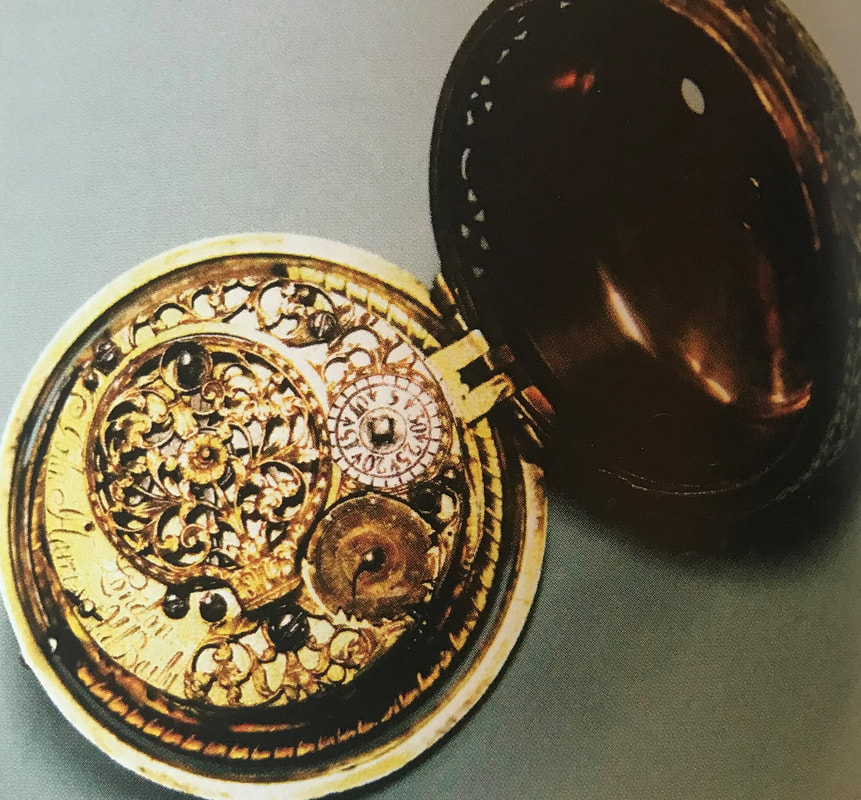
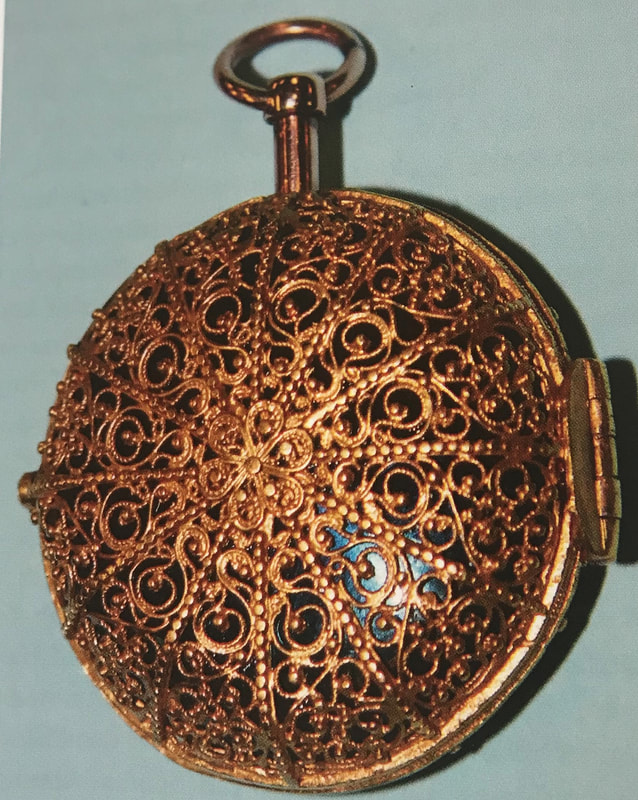
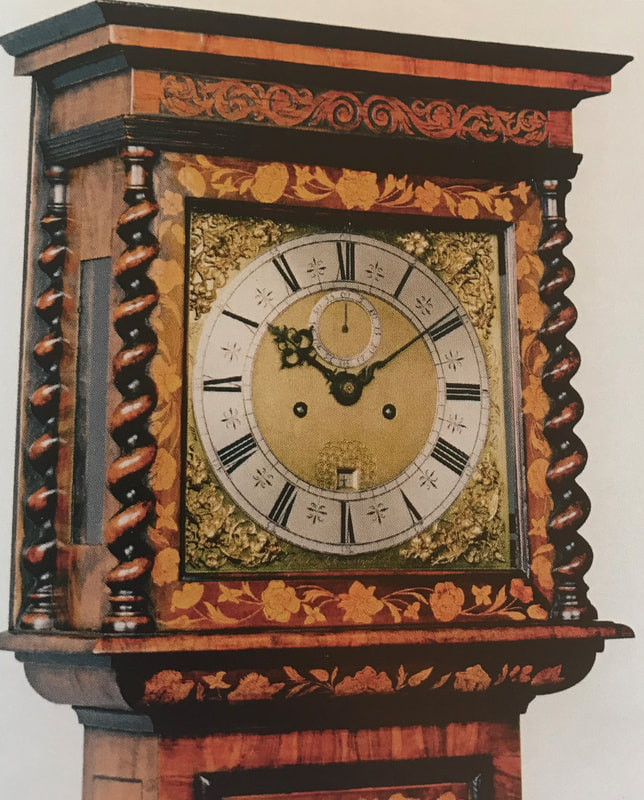
 RSS Feed
RSS Feed